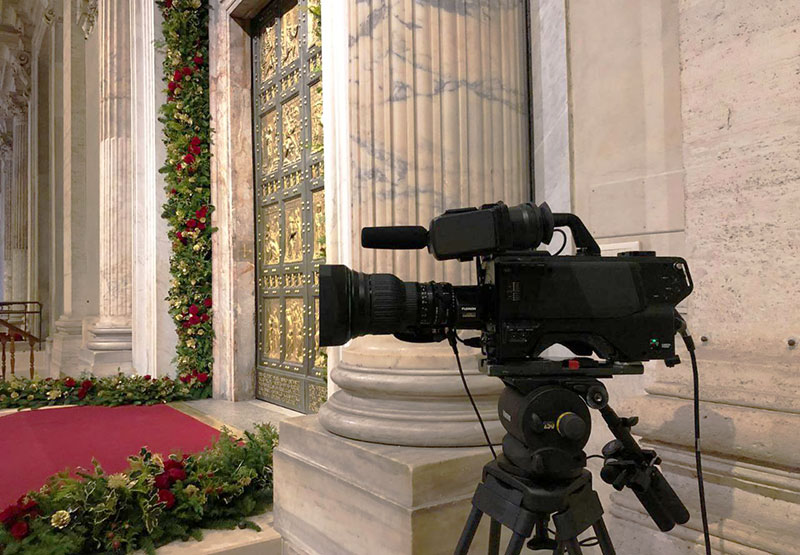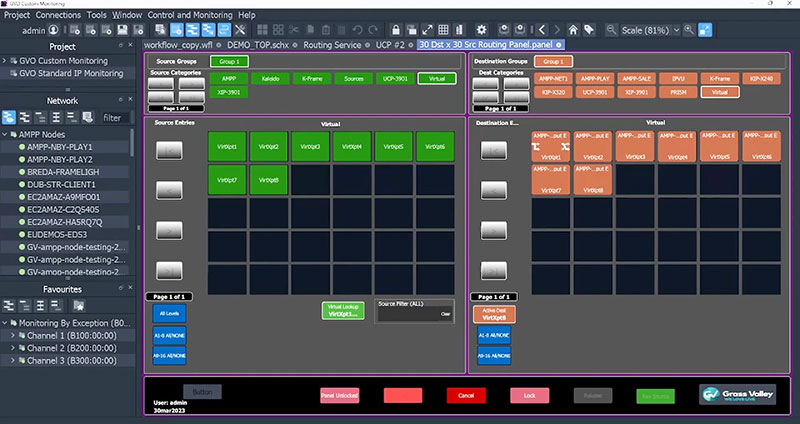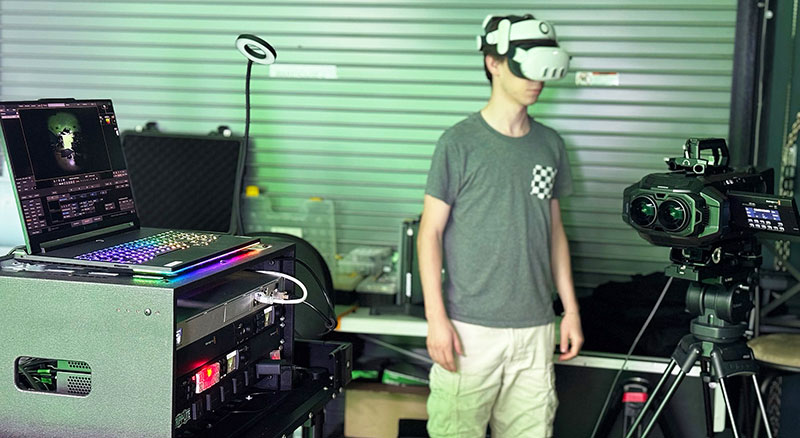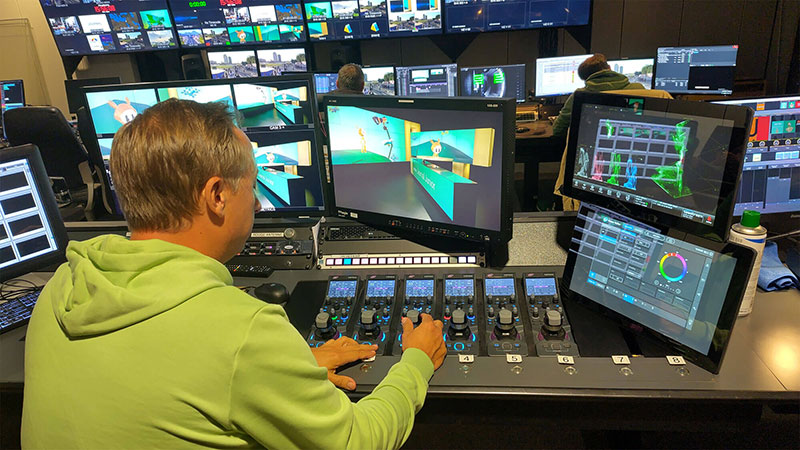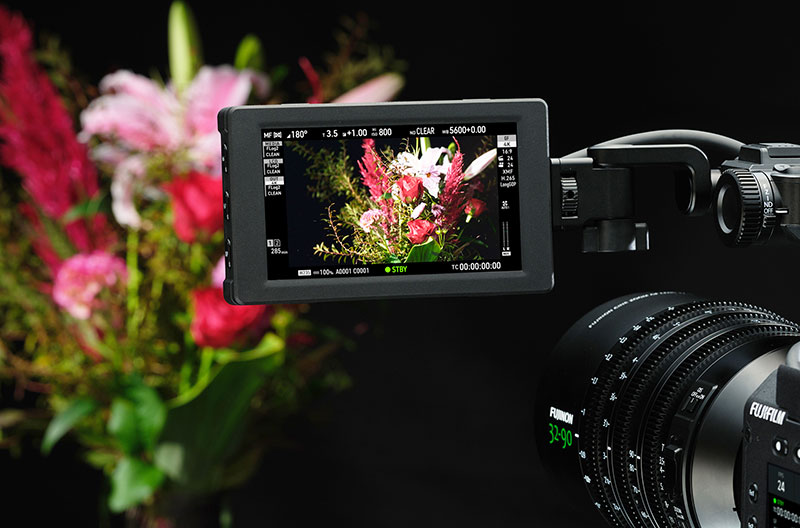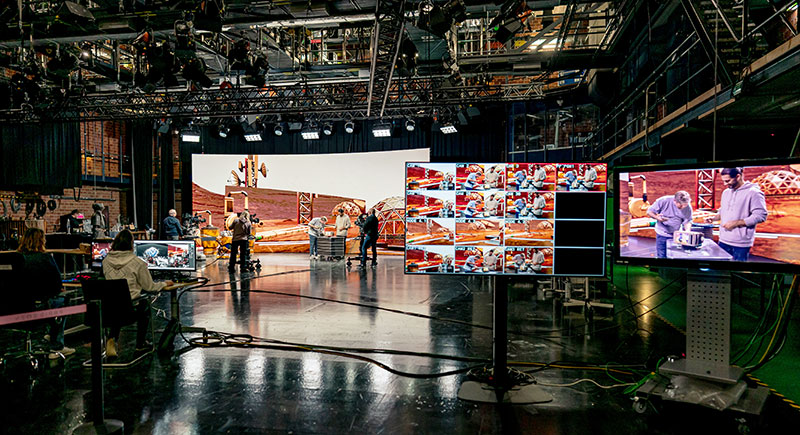The LUMIX GH7 now includes Apple ProRes RAW internal recording, and records 32-bit float audio directly into video files, making it unnecessary to adjust sound levels during shooting.
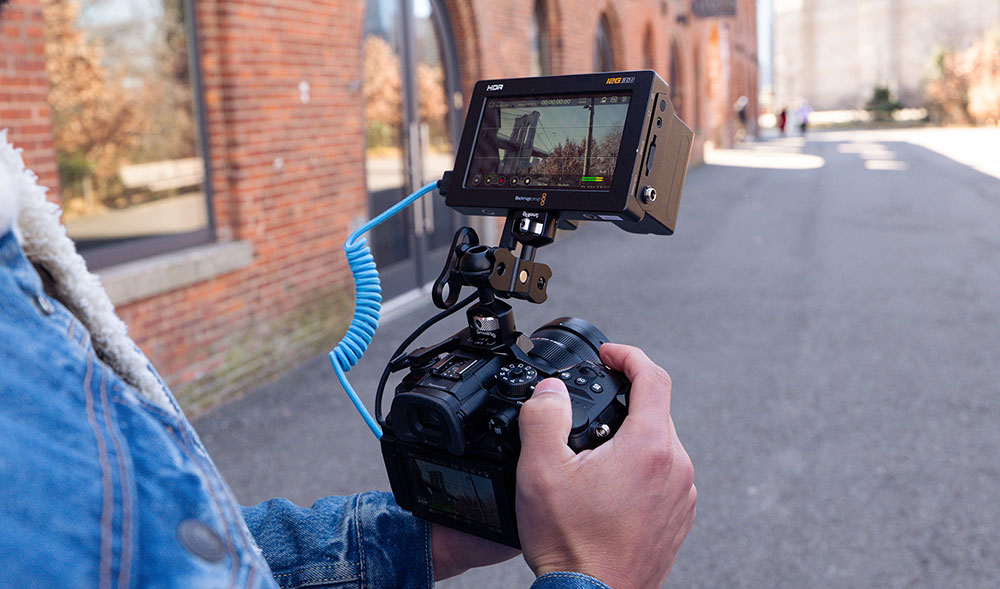
The new LUMIX GH Series camera in Panasonic’s Micro Four Thirds mirrorless family, the GH7, now includes Apple ProRes RAW internal recording - 5.7K 30p ProRes 422 HQ and ProRes RAW HQ. It also records 32-bit float audio directly into video files, which means users no longer need to adjust sound recording levels during shooting when using the new XLR microphone adaptor, DMW-XLR2.
GH7 CMOS Sensor
The LUMIX GH7 has a new 25.2MP BSI (back-side illuminated) CMOS sensor with wide dynamic range, and improves AF performance with fast on-sensor PDAF (Phase Detection Auto-Focus), which devotes two small phase detection sensors to each of the main sensor’s focus points.
It also uses AI subject recognition. The camera can track particular elements by recognising distinctive features – recognising eyes, faces, heads and body in people, for instance. It also recognises the eyes and bodies of animals, motorcycle helmets and bikes, car bodies and grilles or helmets, train cabins and bodies, and airplane noses and bodies. These are accessed as modes on the camera, selected and switched via the AF mode button.
As well as high resolution and fast response, the sensor has a 13+ stop dynamic range boost mode. This feature enhances dynamic range in harsh lighting conditions. It captures both a high and low ISO image at the same time and then combines both images giving increased detail in the shadows without the artefacts of multiple exposure HDR.
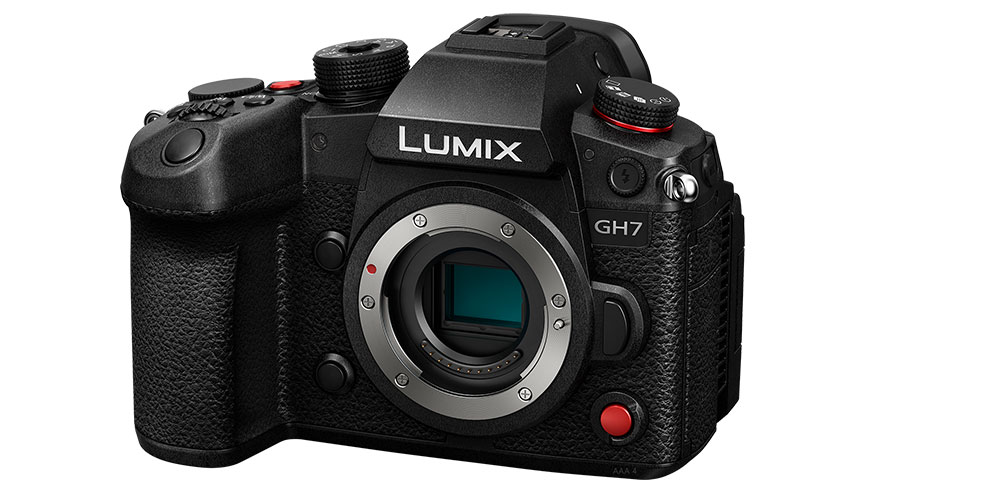
The GH7’s image stabilisation has been improved to include perspective distortion correction for videos, and High mode in Active I.S. to initiate compensation when moving while shooting.
Workflow Support
With the REAL TIME LUT feature, users can create a cinematic LUT, or choose one from Panasonic or a third party maker, and apply it directly to their videos and photos as they record. Open Gate recording is also possible, which is used to change aspect ratio when shooting to satisfy different social media platform specifications or client requests.
The camera supports proxy recording to make workflows more efficient and supports native Camera to Cloud integration with Adobe's Frame.io, enabling images and videos to be automatically uploaded, backed up, shared and worked on jointly via the cloud.
By recording to a USB-C SSD, users can directly offload large media files very rapidly. This process is made possible by the release of a new DC-Coupler (DMW-DCC18GU) with a regulated USB-C Power Delivery cable that allows the camera to be powered via USB sources such as portable power packs, while keeping the camera's USB-C port free for data, extending the recording time.
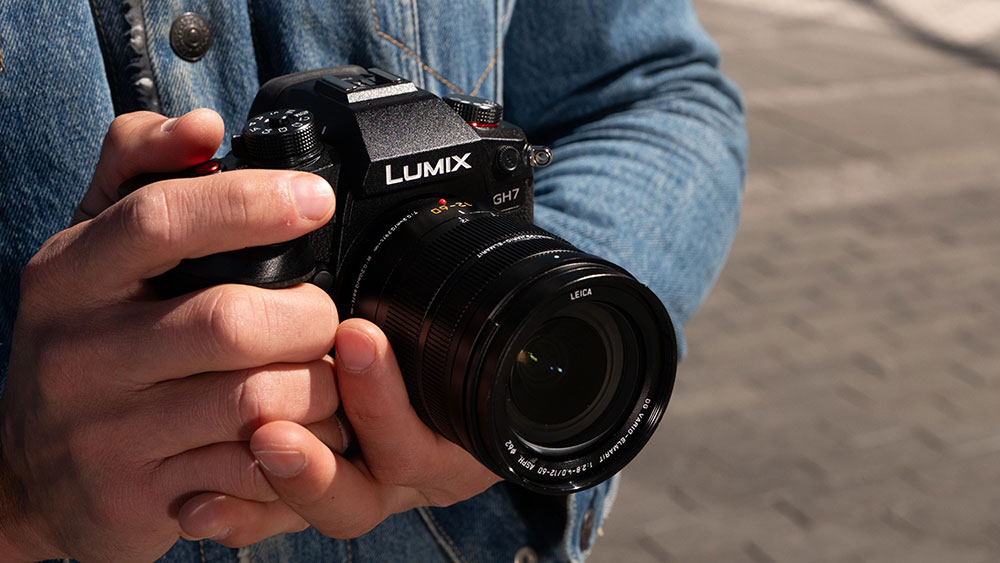
ARRI LogC3 Profile for LUMIX
Panasonic is introducing a new SFU3 Software Upgrade Key (sold separately), compatible with both the LUMIX GH6 and LUMIX GH7. This key opens a new log profile for the LUMIX range by allowing access to ARRI's LogC3 as well as the conventional V-Log, supporting direct colour matching with ARRI's digital cinema cameras.
For instance, the LUMIX GH7 can match colours in shooting situations where cinema cameras, such as the ARRI ALEXA Mini, are used as the main camera. Furthermore, when DMW-SFU3A is installed, ARRI LogC3 in the LUMIX GH7 employs a curve that conforms to the standard sensitivity of ISO 800 of the ARRI camera. As the gamma curve does not change depending on the ISO sensitivity, users can use the same editing workflow no matter which ISO they shoot at. It also enables recording at ISO Auto, specific to mirrorless cameras.
The image processing of the ARRI LogC3 curve on the LUMIX GH7 has been certified by ARRI for the implementation of these functions. The option for Log recording results in dense colour information and wide dynamic range, and further improves LUMIX's workflow compatibility.
Video data shot with LUMIX GH7 in ARRI LogC3 can be converted to a favourite look. The ARRI Look Library contains 87 ARRI Looks, for example. It is also possible to store the LUT package for 709 conversion (ARRI Look Library LogC3 to Rec709 3D-LUTs) in the LUT Library of the LUMIX GH7, and combine it with the REAL TIME LUT function. This way, you can capture videos with ARRI LUTs straight out of the camera.
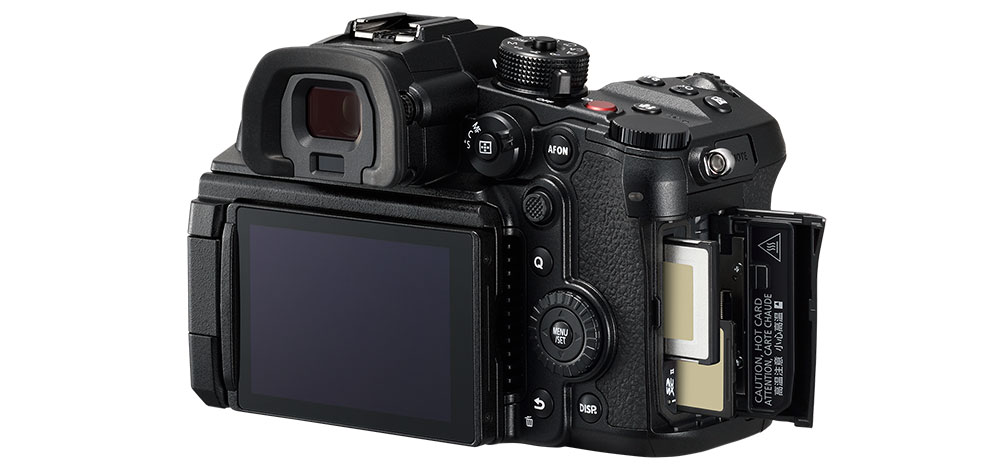
Using the ARRI Look Library log-to-log, you can colour grade videos recorded with ARRI LogC3 and apply the desired ARRI Look within the log space. To display, you can use the LUT package (ARRI_LogC3_v1-2_LUT_Package) to convert the colour space of various display devices, allowing you to output the ARRI Look according to the desired colour space in SDR and HDR.
Reliability
To prolong video recording times, the GH7 applies efficient heat dissipation and has an integrated cooling fan, and it has a tilt-free angle monitor that doesn’t interfere with HDMI or USB cables when tilted. It is able to withstand harsh environments with dust and splash resistance[ix], and freeze-resistance down to -10 degrees Celsius.
The LUMIX GH7 will be available in Australia in July 2024 as a body only, or in various lens kits. www.panasonic.com.au




